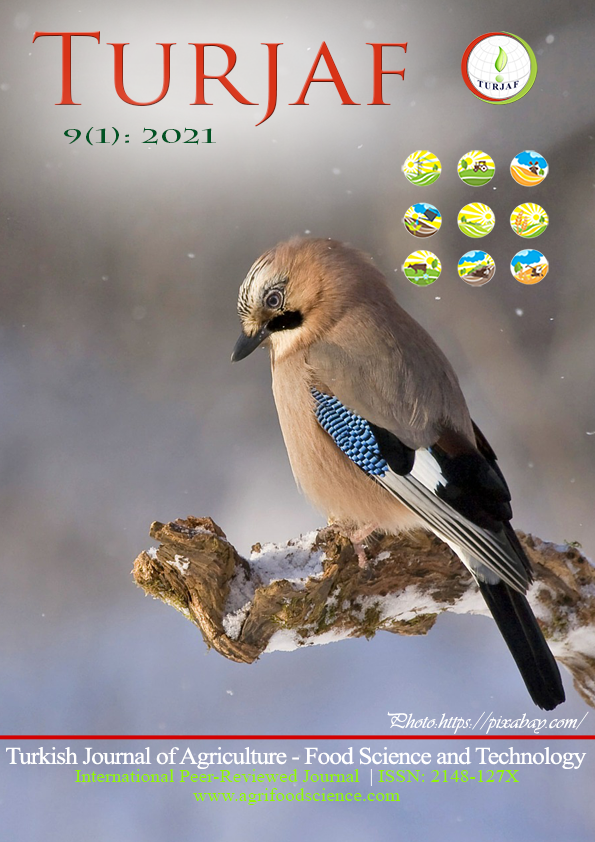Post-Harvest Loss and Grain Storage Technology- A Review
DOI:
https://doi.org/10.24925/turjaf.v9i1.75-83.3714Keywords:
Post-harvest, Loss, Grain, Storage, Prevention, TechnologyAbstract
The aim of this write up is to explore technological developments in the area of post-harvest grain storage techniques. Post-harvest losses occur between harvest and the moment of human consumption. They include on-farm losses, such as when grain is threshed, winnowed, and dried, as well as losses along the chain during transportation, storage, and processing. Use of traditional grain storage facilities such as cribs, improved rhombus, and brick bins are ineffective against mold and insects already present in the grain before storage. While plastic bins reduce insect pests‘ infestation, Purdue Improved crop storage bags and wooden silo were proved to be a viable management tool for preventing aflatoxin accumulation in storage and moisture migration. The metal silo still remains an effective grain storage technology for reducing post-harvest insect and pathogen losses if the challenges of moisture and temperature can be adequately managed. An effective grain storage technology would be the ones that can sustain quality of grain stored for a long period (≥5 years), durable, cost-effective, and be managed scientifically, possibly by computer-aided grain management system.Downloads
Published
21.01.2021
How to Cite
Olorunfemi, B. J., & Kayode, S. E. (2021). Post-Harvest Loss and Grain Storage Technology- A Review. Turkish Journal of Agriculture - Food Science and Technology, 9(1), 75–83. https://doi.org/10.24925/turjaf.v9i1.75-83.3714
Issue
Section
Review Articles
License
This work is licensed under a Creative Commons Attribution-NonCommercial 4.0 International License.









